My past few blog posts have been about the feud between Matt Mullenweg (acting as the self-appointed singular voice of the WordPress community, like the Borg Queen) and WP Engine (a big WordPress-focused hosting company, with a controlling share owned by an inherently-gross private equity firm).
Well guess what, WP Engine sucks too. Over the course of the past year I’ve moved a bunch of my clients over to WP Engine and now I am beginning to regret that choice, as I’m starting to see those clients express frustration over WP Engine’s egregious traffic limit overage charges.
Their pricing model is deliberately misleading, with hidden upsells and extra fees. They suck.
The main reason I’ve been moving clients to WP Engine is to get away from hosting I had previously been managing myself on Digital Ocean. I like the Virtual Private Server (VPS) model, where someone like me has direct access to the operating system of a virtualized server. The problem is, these VPS providers are a magnet for spammers. Since you can run whatever software you want on your VPS, it’s easy to set up a server to blast out spam. That sucks. The people who do that suck.
There’s one particular spam blocklist, UCEPROTECTL3, that has decided to block the entire subnet of providers like Digital Ocean. If you check the spam blocklist status of a given IP address on Digital Ocean’s network with MXToolBox, you’ll generally find that the only list that’s blocking it is UCEPROTECTL3, so it seems like a silly outlier. Except for the fact that Microsoft uses UCEPROTECTL3 for spam filtering on all Office 365 email accounts. UCEPROTECTL3 really sucks. And Microsoft sucks for relying on it.
In other words, if your website is running on a Digital Ocean server, you can’t set up SMTP (outgoing email) directly on your server — which is the easiest way to send out emails for things like password resets, WooCommerce receipts, etc., because anyone with an Office 365 email account (which is, like, a lot of people, especially in the business world) won’t get your email. It won’t even go to their spam folder. It will get blocked at the server. Just because some stupid spammers are using different servers that also happen to be hosted by Digital Ocean.
Digital Ocean (and other VPS providers — it’s not just them) responded by basically just washing their hands of the whole thing. “Don’t use our servers to send email.” Well, OK. Then what?
There are several ways to route these emails through other providers like SendGrid, Amazon SES, or your own “real” email account. But they all come with cumbersome hoops to jump through. That sucks.
And that’s why I’ve been moving people to WP Engine. For the relatively small number of emails my clients’ websites generate, WP Engine just handles it. Their systems automatically route emails through a legit sender, everyone gets the emails, I don’t have to mess around with a clunky setup process, and my clients don’t have to sign up for another separate service.
But I have a few clients who, for whatever reason, seem to be magnets for malicious traffic. I’ve got safeguards in place to prevent the malicious visitors from doing anything, but the traffic they generate still counts as “visits” towards WP Engine’s unnecessarily low thresholds. And then my clients get slapped with huge overage fees.
I really don’t know where to turn. Every hosting environment seems to suck in its own way. And it makes me just want to get out of this business altogether. That sucks.

